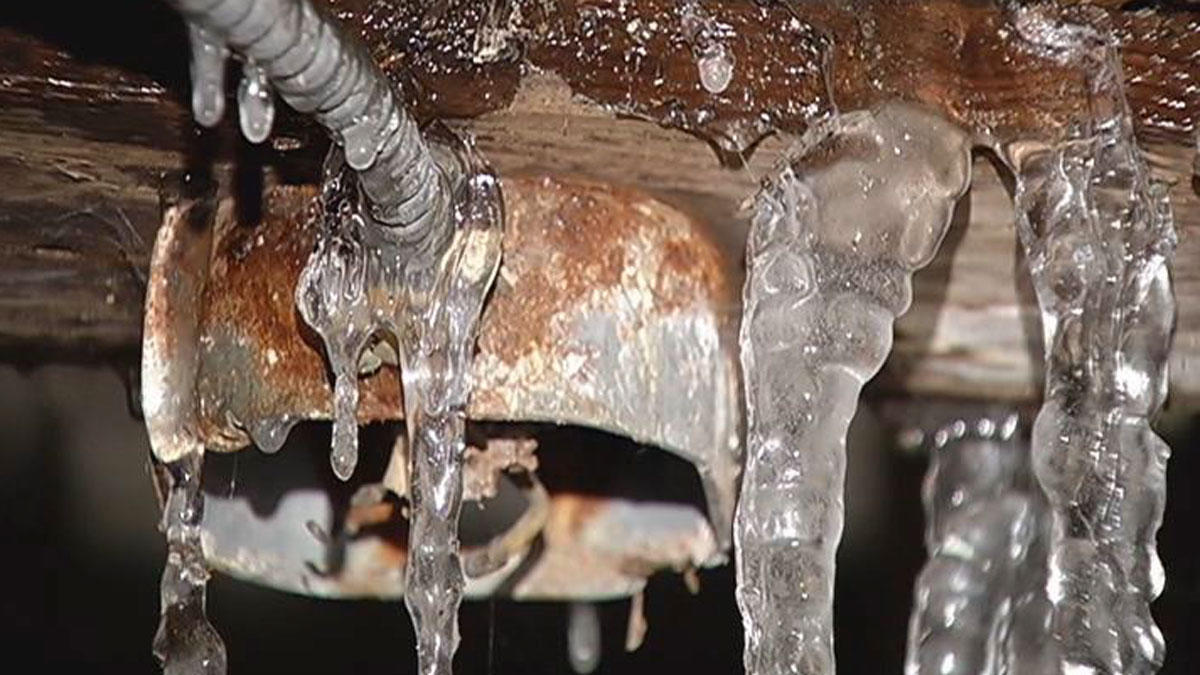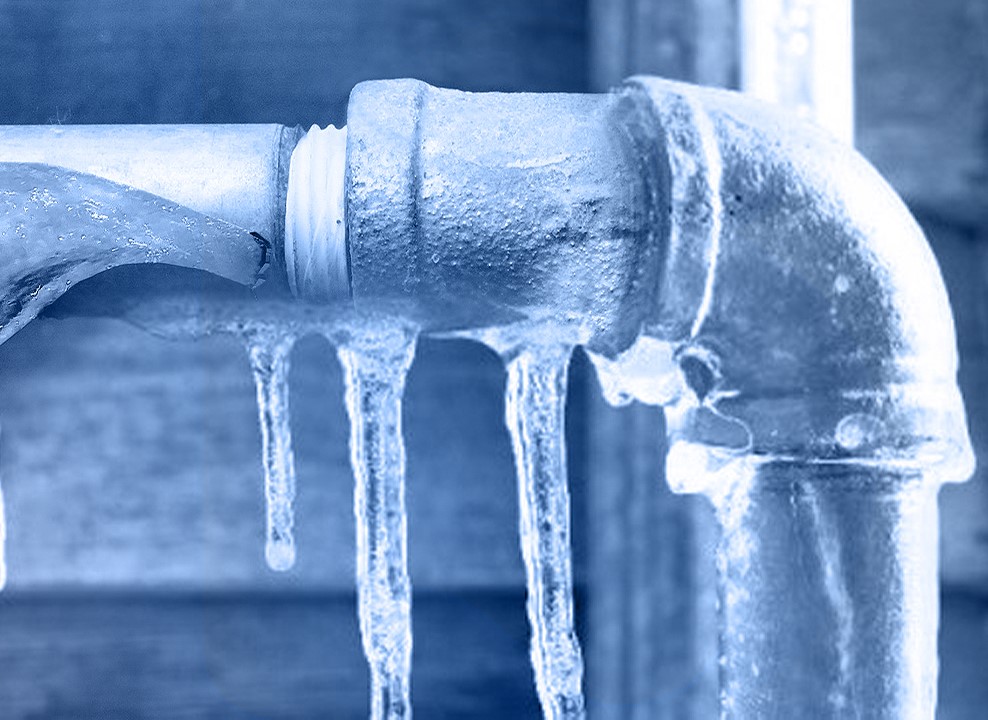Protecting Against Frozen Pipes in Cold Weather: Pro Tips
Protecting Against Frozen Pipes in Cold Weather: Pro Tips
Blog Article
Just how do you really feel when it comes to 6 Ways to Prevent Frozen Pipes?

Winter can ruin your pipes, specifically by freezing pipelines. Below's just how to stop it from occurring and what to do if it does.
Intro
As temperatures drop, the risk of icy pipelines boosts, potentially resulting in costly repairs and water damages. Comprehending how to stop icy pipes is crucial for home owners in chilly climates.
Avoidance Tips
Insulating vulnerable pipes
Cover pipes in insulation sleeves or utilize warm tape to shield them from freezing temperature levels. Focus on pipes in unheated or external locations of the home.
Heating techniques
Keep indoor rooms effectively heated, especially areas with pipes. Open cupboard doors to enable cozy air to distribute around pipelines under sinks.
Just how to recognize icy pipes
Try to find reduced water flow from taps, unusual smells or sounds from pipelines, and noticeable frost on exposed pipelines.
Long-Term Solutions
Architectural changes
Take into consideration rerouting pipelines away from exterior walls or unheated areas. Add additional insulation to attic rooms, cellars, and crawl spaces.
Upgrading insulation
Invest in high-quality insulation for pipes, attics, and wall surfaces. Correct insulation helps maintain regular temperature levels and decreases the risk of frozen pipes.
Shielding Outside Pipes
Garden hoses and exterior faucets
Separate and drain pipes yard hoses before winter months. Mount frost-proof spigots or cover exterior taps with protected caps.
Comprehending Icy Pipelines
What triggers pipelines to ice up?
Pipelines ice up when revealed to temperature levels listed below 32 ° F (0 ° C) for extended durations. As water inside the pipelines freezes, it broadens, putting pressure on the pipeline wall surfaces and potentially creating them to burst.
Dangers and problems
Icy pipelines can cause supply of water disturbances, home damages, and pricey repairs. Burst pipes can flood homes and cause extensive structural damage.
Indicators of Frozen Pipes
Identifying icy pipes early can stop them from breaking.
What to Do If Your Pipelines Freeze
Immediate actions to take
If you think frozen pipes, maintain taps available to ease stress as the ice melts. Use a hairdryer or towels taken in hot water to thaw pipelines slowly.
Final thought
Preventing icy pipelines requires aggressive measures and quick feedbacks. By comprehending the reasons, indicators, and preventive measures, house owners can shield their plumbing during cold weather.
5 Ways to Prevent Frozen Pipes
Drain Outdoor Faucets and Disconnect Hoses
First, close the shut-off valve that controls the flow of water in the pipe to your outdoor faucet. Then, head outside to disconnect and drain your hose and open the outdoor faucet to allow the water to completely drain out of the line. Turn off the faucet when done. Finally, head back to the shut-off valve and drain the remaining water inside the pipe into a bucket or container. Additionally, if you have a home irrigation system, you should consider hiring an expert to clear the system of water each year.
Insulate Pipes
One of the best and most cost-effective methods for preventing frozen water pipes is to wrap your pipes with insulation. This is especially important for areas in your home that aren’t exposed to heat, such as an attic. We suggest using foam sleeves, which can typically be found at your local hardware store.
Keep Heat Running at 65
Your pipes are located inside your walls, and the temperature there is much colder than the rest of the house. To prevent your pipes from freezing, The Insurance Information Institute suggests that you keep your home heated to at least 65 degrees, even when traveling. You may want to invest in smart devices that can keep an eye on the temperature in your home while you’re away.
Leave Water Dripping
Moving water — even a small trickle — can prevent ice from forming inside your pipes. When freezing temps are imminent, start a drip of water from all faucets that serve exposed pipes. Leaving a few faucets running will also help relieve pressure inside the pipes and help prevent a rupture if the water inside freezes.
Open Cupboard Doors
Warm your kitchen and bathroom pipes by opening cupboards and vanities. You should also leave your interior doors ajar to help warm air circulate evenly throughout your home.

I discovered that blog post on How to Prevent Your Pipes From Freezing when doing a search on the internet. Sharing is nice. One never knows, you may be doing someone a favor. Many thanks for your time. Please visit our blog back soon.
Booking Page Report this page